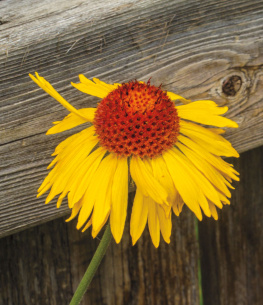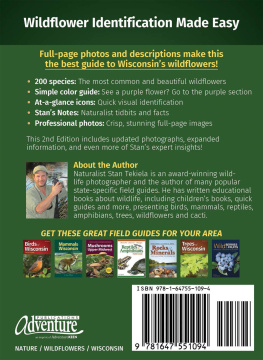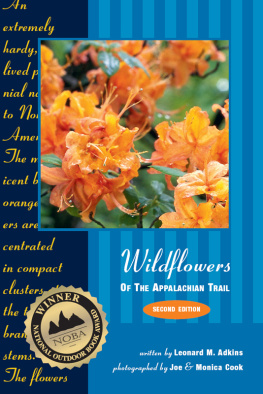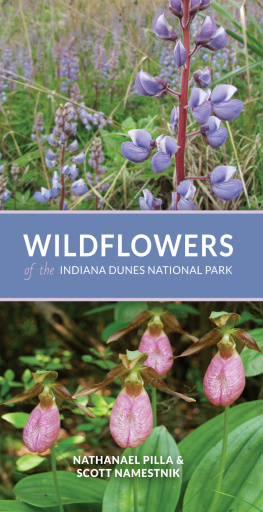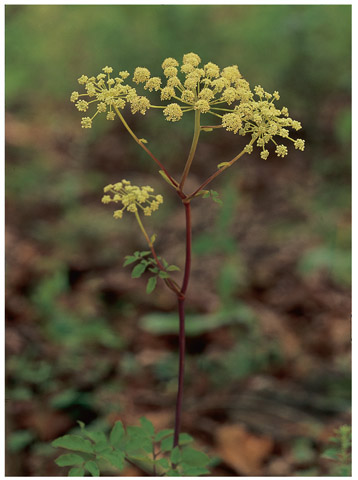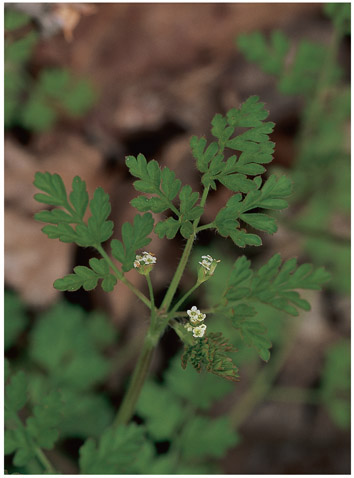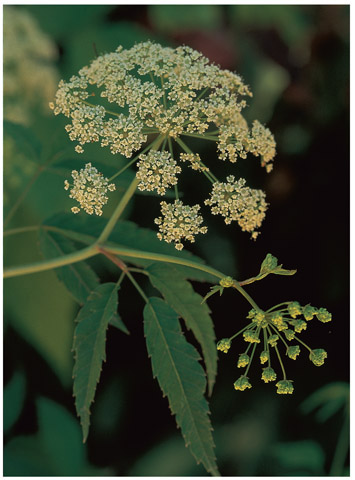After completing masters degrees in botany and zoology at Southern Illinois University, Carbondale, Don Kurz spent the next thirty-four years working to inventory, acquire, protect, and manage natural areas, endangered species sites, and other special features in the Midwest. For twenty-two years, he was employed by the Missouri Department of Conservation, where he held various supervisory positions in the Natural History Division, including that of natural history chief, which he maintained until his retirement from the department in 2002.
Don is now a part-time writer and nature photographer specializing in landscapes, wildlife, insects, and plants. His photos have appeared in calendars and magazines such as Natural History, as well as numerous wildflower books, including Falcon Publishings Tallgrass Prairie Wildflowers and North Woods Wildflowers. He is also author of Falcon Publishings Prairie Wildflowers, Ozark Wildflowers, and Scenic Driving the Ozarks, including the Ouachita Mountains, along with the Missouri Department of Conservations Shrubs and Woody Vines of Missouri, Shrubs and Woody Vines of Missouri Field Guide, Trees of Missouri, and Trees of Missouri Field Guide. His other guides, published by Tim Ernst Publishing, are Arkansas Wildflowers, Illinois Wildflowers, and Missouris Natural Wonders Guidebook.
This section includes flowers that are mostly white. Off-white flowers can grade into light colors of yellow, green, pink, and blue, so those sections should also be checked.
ANGELICA
Angelica atropurpurea
Parsley family (Apiaceae)
Description: Tall plants, up to 8', with hollow purple stems at maturity and large leaves. The leaves are up to 2' long and as wide, divided into 35 leaflets, each up to 4" long, 2" wide, toothed along the margins, and with surfaces generally smooth but sometimes with fine hairs on the underside. At the base of each leaf stalk, there is a large papery sheath that surrounds the stem. The flowers are in umbrella-like heads, 49" across, that are made up of 2050 smaller, round flower clusters, each with 2040 star-shaped, white to greenish-white flowers. Each flower is about " across with 5 tiny petals and 5 longer petals.
Bloom Season: Summer
Habitat/Range: Occasional in low moist woods, edges of streams, wet meadows, and ditches; found through the Midwest region, but absent in the lower quarter.
Comments: Native Americans used leaf tea for stomachache, indigestion, fever, colds, flu, coughs, and rheumatism. Early American settlers boiled parts of the plant to make into candy and added it to cakes.
COW PARSNIP
Heracleum maximum
Parsley family (Apiaceae)
Description: A tall, stout, hairy-stemmed plant, up to 6', with large alternate, compound leaves with stalks that clasp the stem at their wide papery bases. Each palm-shaped leaf is up to 15" long and about as wide, with 3 or more leaflets, each with teeth along the margins. Flowers are in flat, umbrella-like heads up to 10" across, with 1530 flower clusters in each head. Each flower is about " across with 5 white petals that are often notched at the tips.
Bloom Season: Late springsummer
Habitat/Range: Occasional in low, moist woods, thickets, stream banks, and partially shaded roadsides; found throughout the Midwest region.
Comments: Also known as Heracleum lanatum. Native Americans used the stalks as a food source, and root tea was used for colds, cramps, headache, sore throats, colds, coughs, and flu; it was also applied externally for sores, bruises, and swellings. The foliage is poisonous to livestock, and skin contact with the sap can cause blisters among some individuals when handled.
WOOD ANGELICA
Angelica venenosa
Parsley family (Apiaceae)
Description: This tall member of the parsley family is an unexpected find in the woods. The plant can grow to a height of 5' and has fine hairs on the upper portion of the purplish stem, giving it a gray cast. The leaves are on stalks up to 8" long and are divided into smaller leaflets, with the margins finely toothed. The flowers are in clusters from 26" across, with each cluster containing numerous, tiny, white to yellowish flowers.
Bloom Season: Late springearly summer
Habitat/Range: Occasional in dry, rocky woodlands, prairie edges, low, moist woods along streams, and along some roadsides; found in the Midwest region from southern Missouri, southern Illinois, southern Indiana, and south and eastern Ohio, southward.
Comments: Wood angelica is considered poisonous when eaten and the sap can cause dermatitis.
WILD CHERVIL
Chaerophyllum procumbens
Parsley family (Apiaceae)
Description: A low-growing annual with stems, smooth, weak, spreading, and branched, up to 15" long. The leaves are so deeply cut that they appear fern-like. Numerous minute white flowers occur at the ends of stalks.
Bloom Season: Mid-springearly summer
Habitat/Range: Common in rich or rocky woods, alluvial soils along streams and in valleys, glades, roadsides, and along railroads; found primarily in the Midwest from Iowa and Missouri east to Illinois, Indiana, and Ohio.
Comments: Wild chervil sometimes forms a nearly solid mat of fern-like leaves, sharing the forest floor with more-showy spring wildflowers. A similar plant, southern chervil (Chaerophyllum tainturiari), differs by having moderately to densely hairy stems; found in upland prairies, glades, forest openings, and disturbed sites; occurring in the southern half of the Midwest region, but absent in Ohio.
WATER HEMLOCK
Cicuta maculata
Parsley family (Apiaceae)
Description: A biennial, hairless plant, up to 6' tall, with several branches holding umbrella-shaped clusters of tiny white flowers. The stem is streaked or spotted with purple and is hollow toward the base. The leaves are alternate on the stem, up to 12" long, and divided into numerous, sharply toothed leaflets. The umbrella-shaped flower heads contain tiny, 5-petaled, white flowers, each less than " wide.
Bloom Season: Mid-springfall
Habitat/Range: Common in wet sites along edges of streams and ponds, in roadside ditches, in marshes, and in wet depressions in prairies; found throughout the Midwest region.
Comments: This plant is highly poisonous. Members of many Native American tribes used the root to commit suicide. Children have been poisoned by using the hollow stems as peashooters. A walnut-sized piece of the root is enough to kill a cow.


